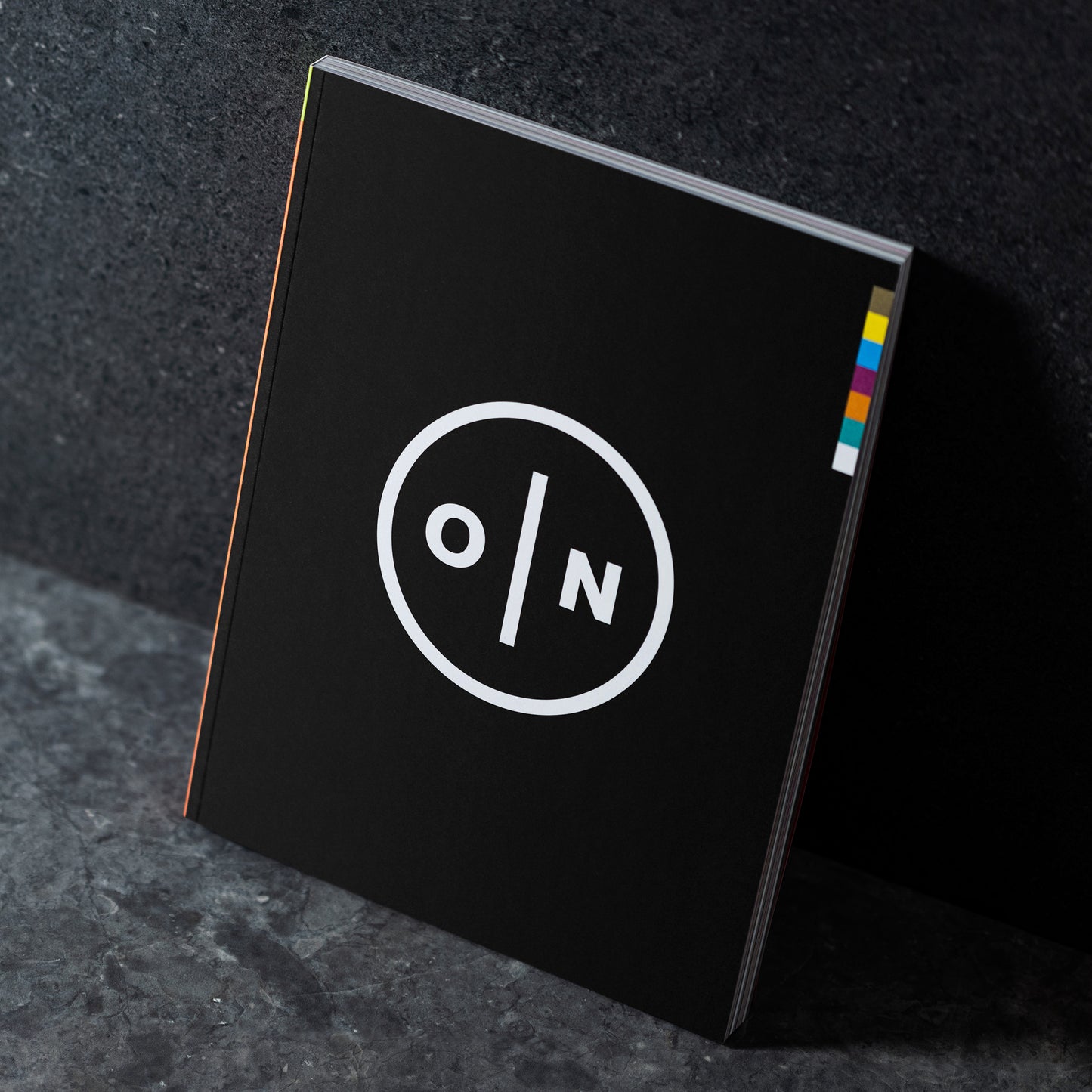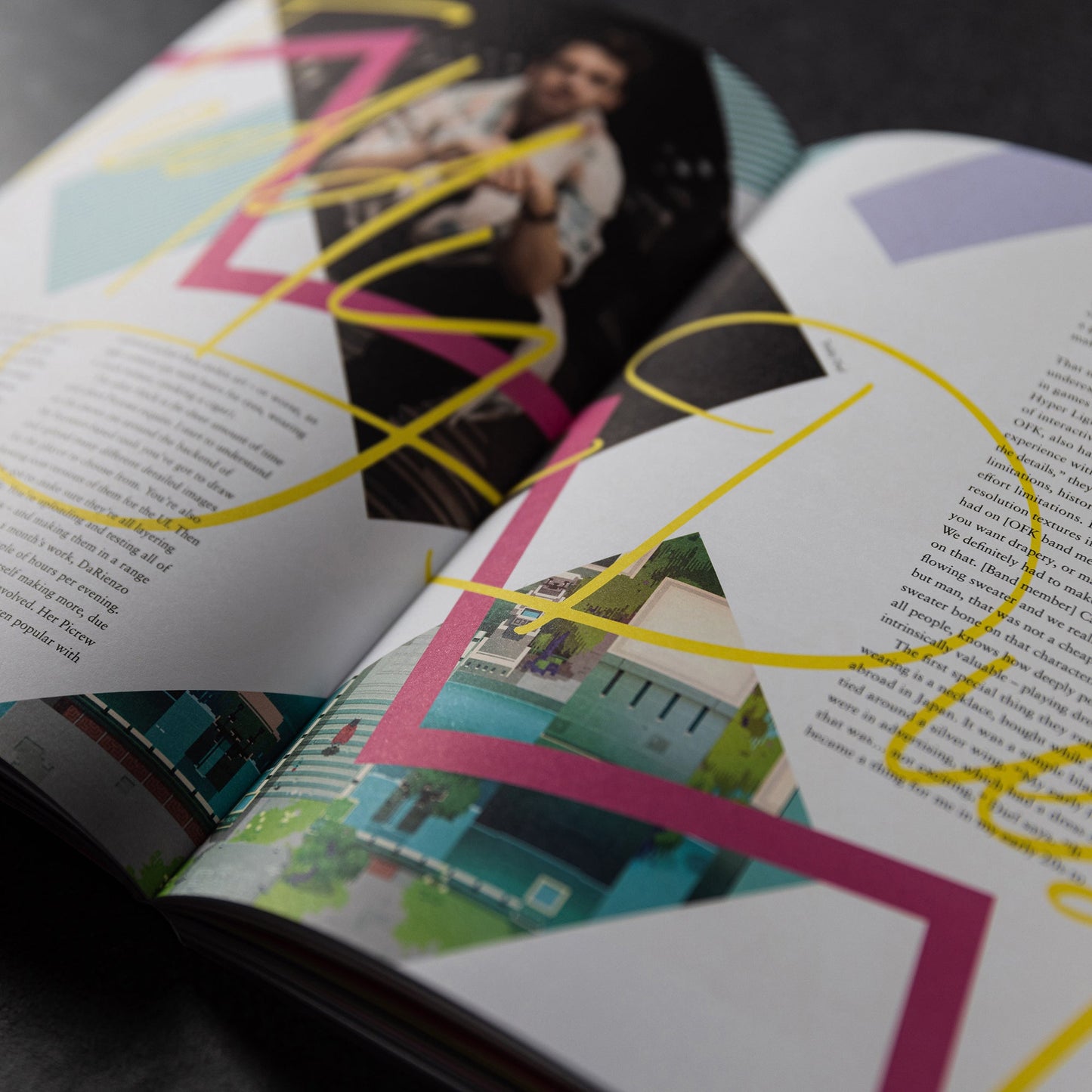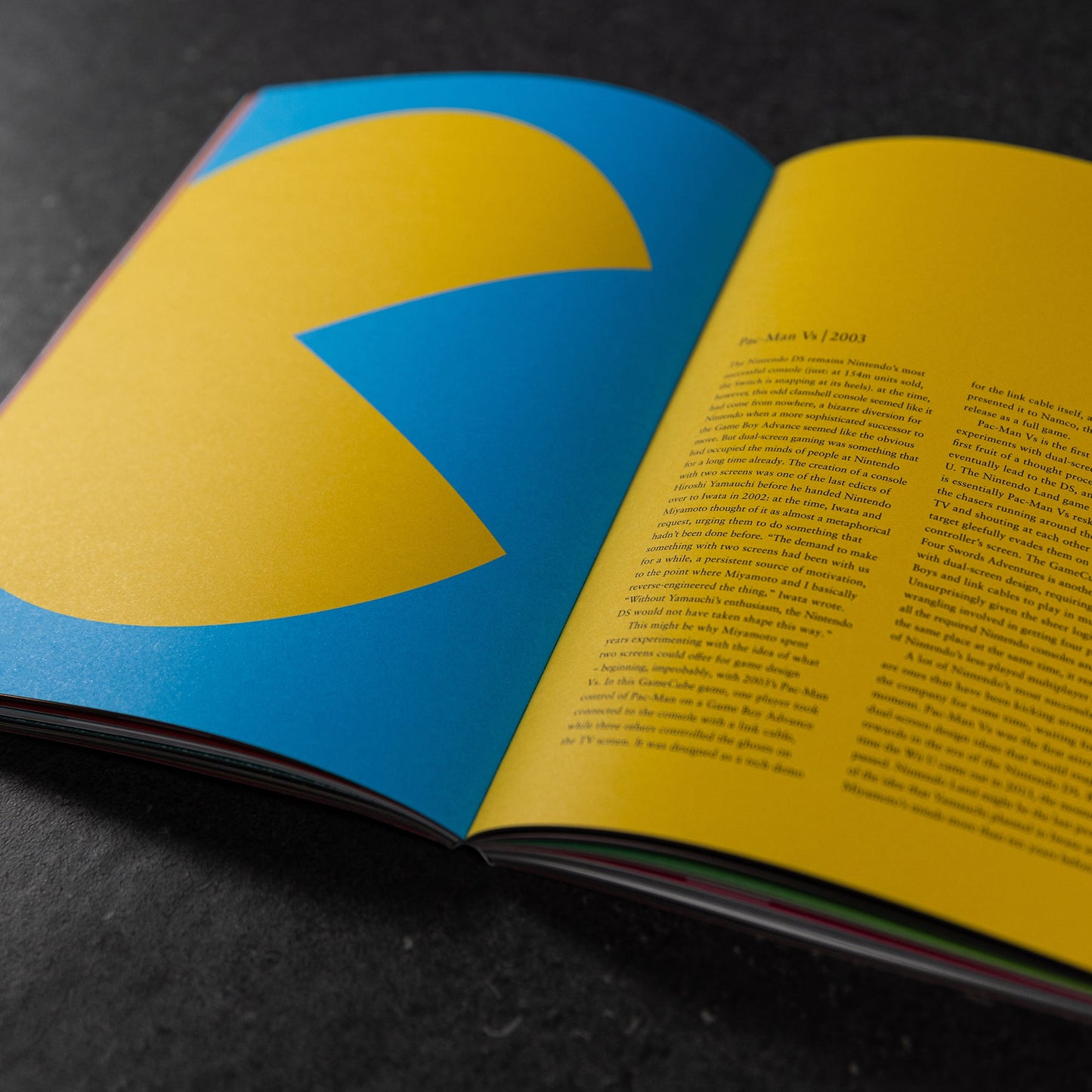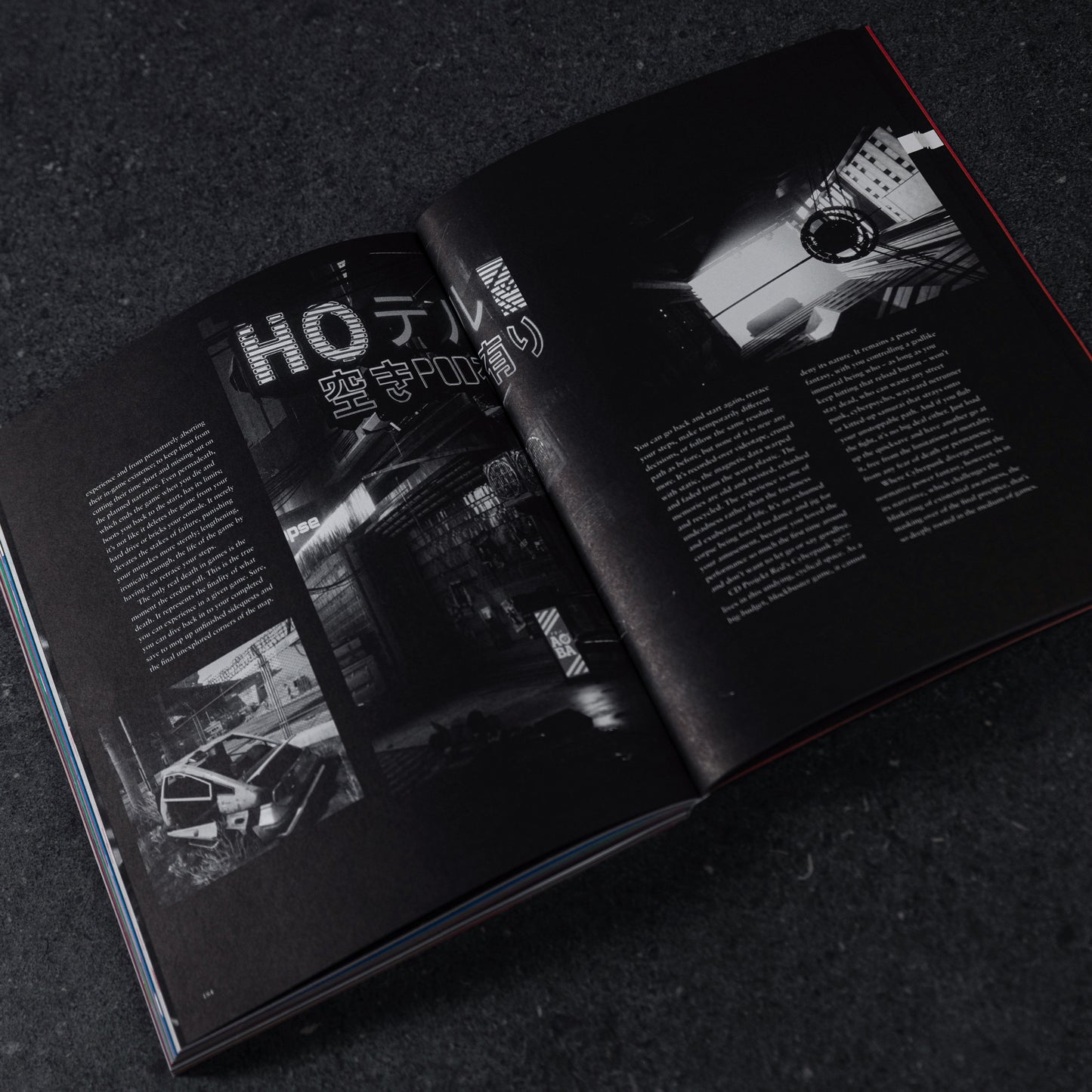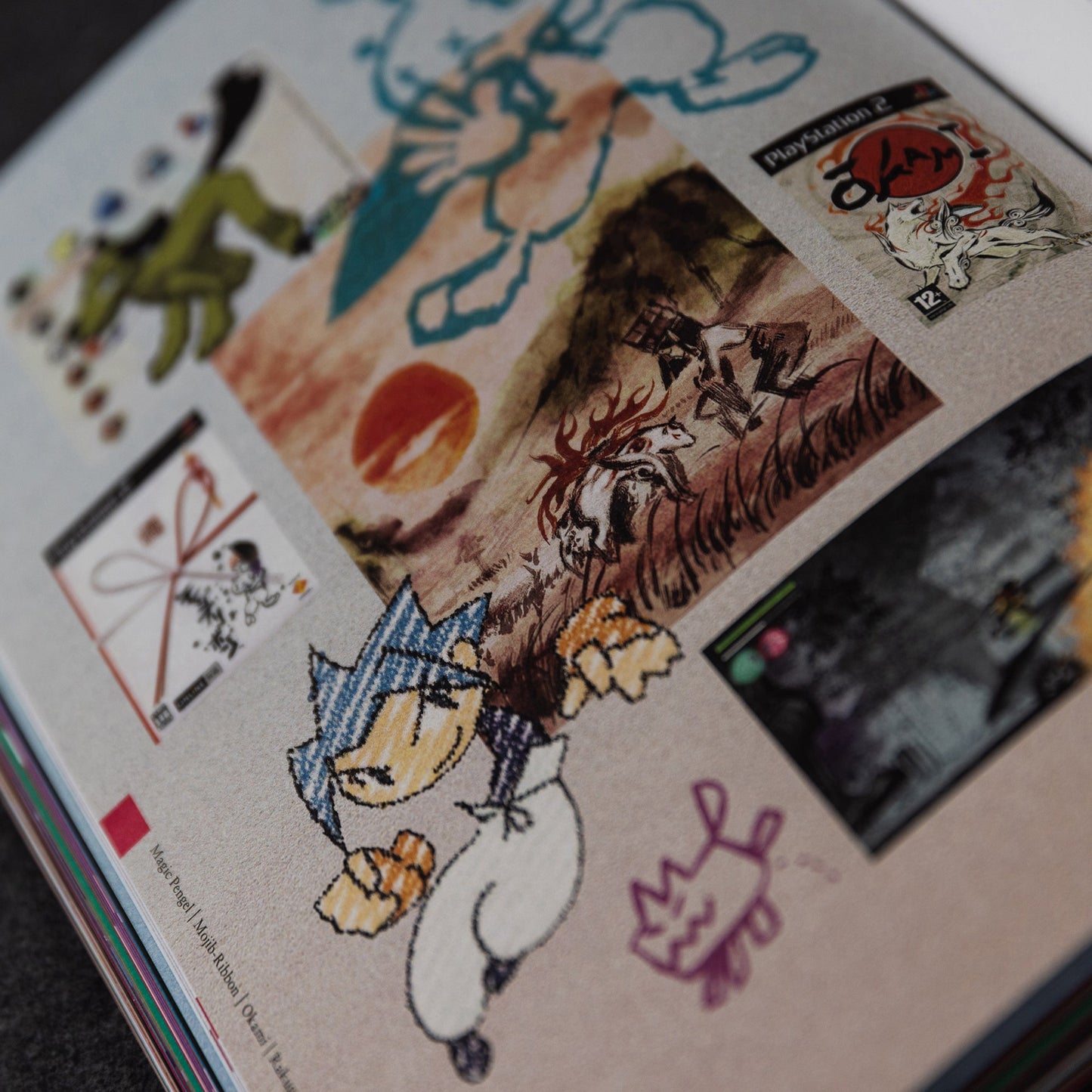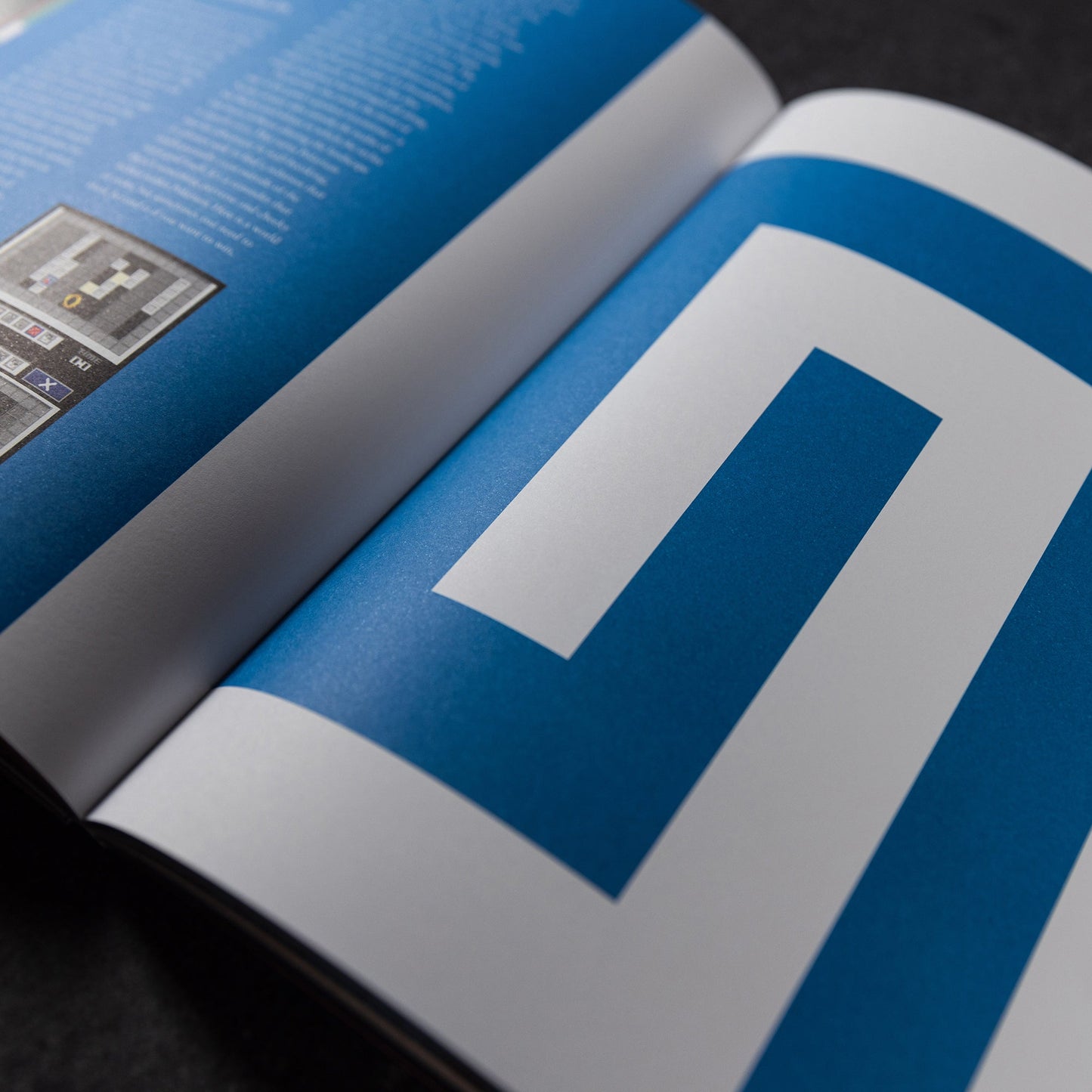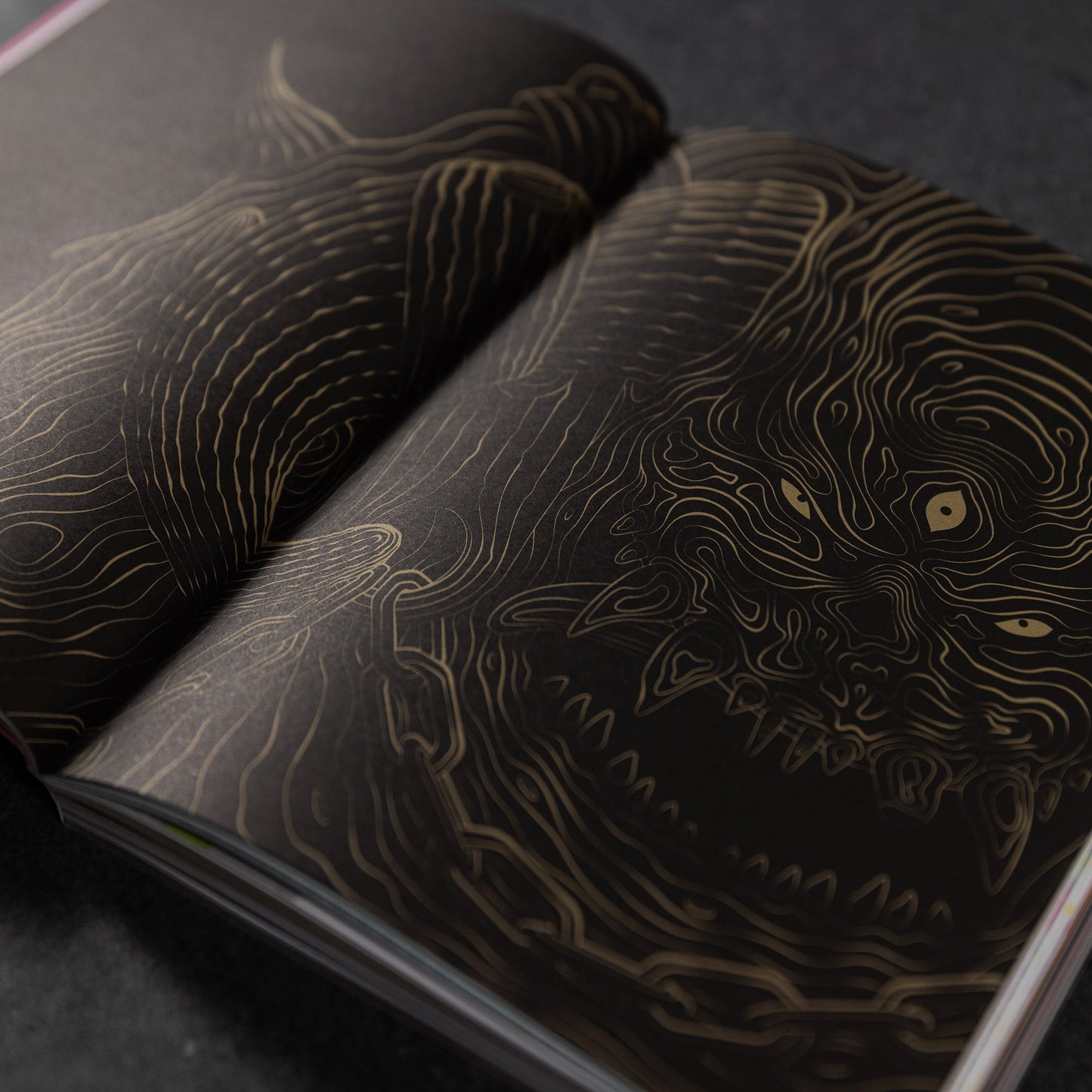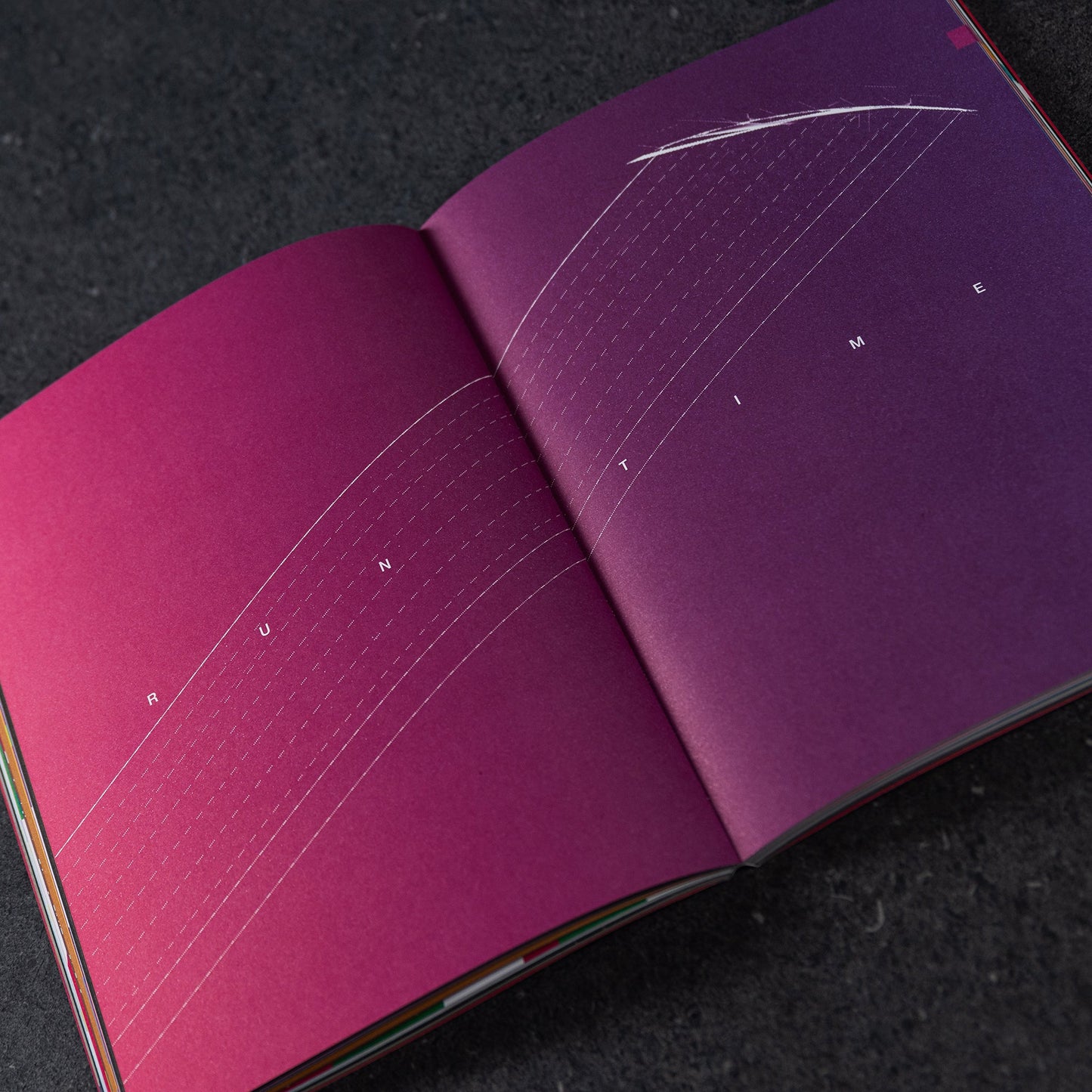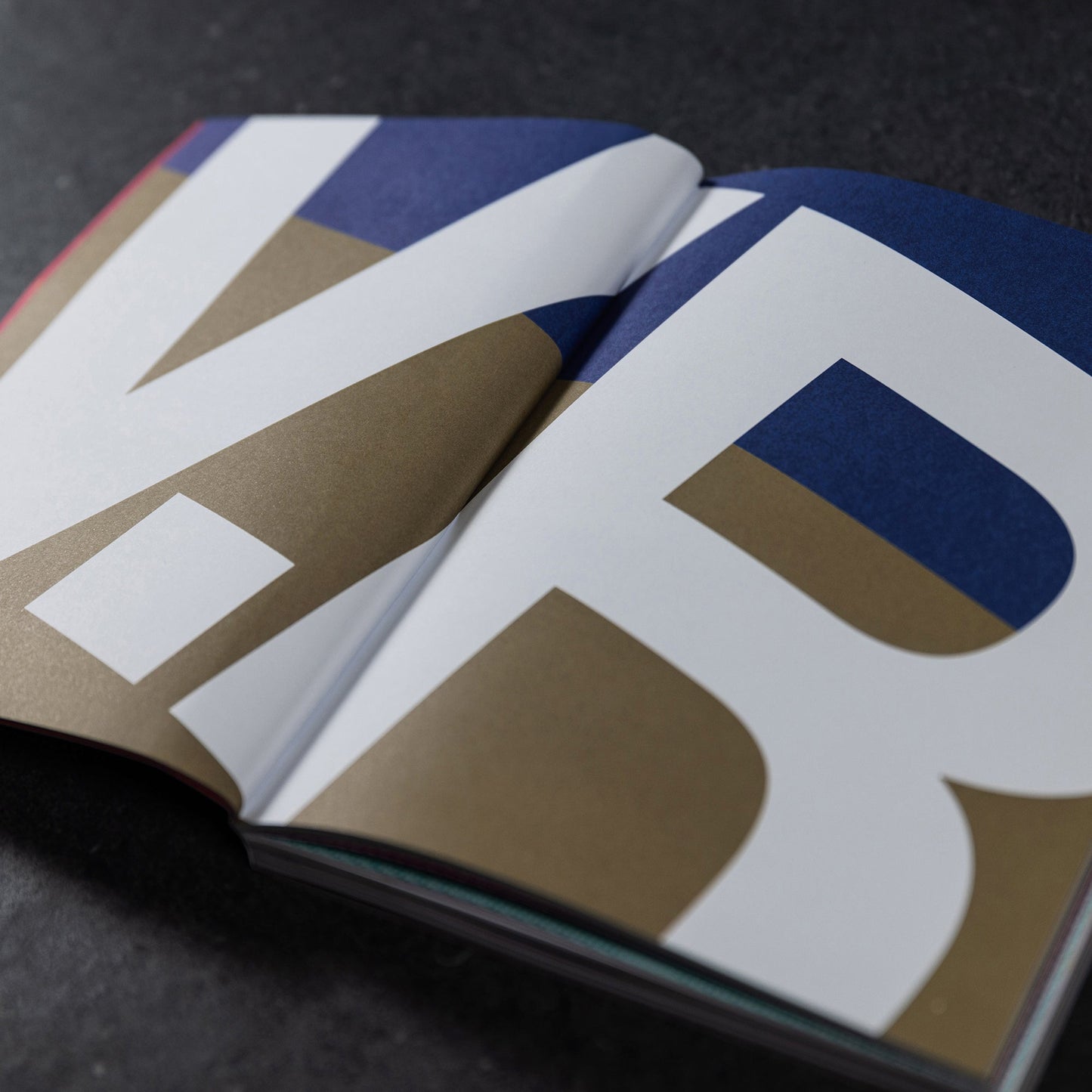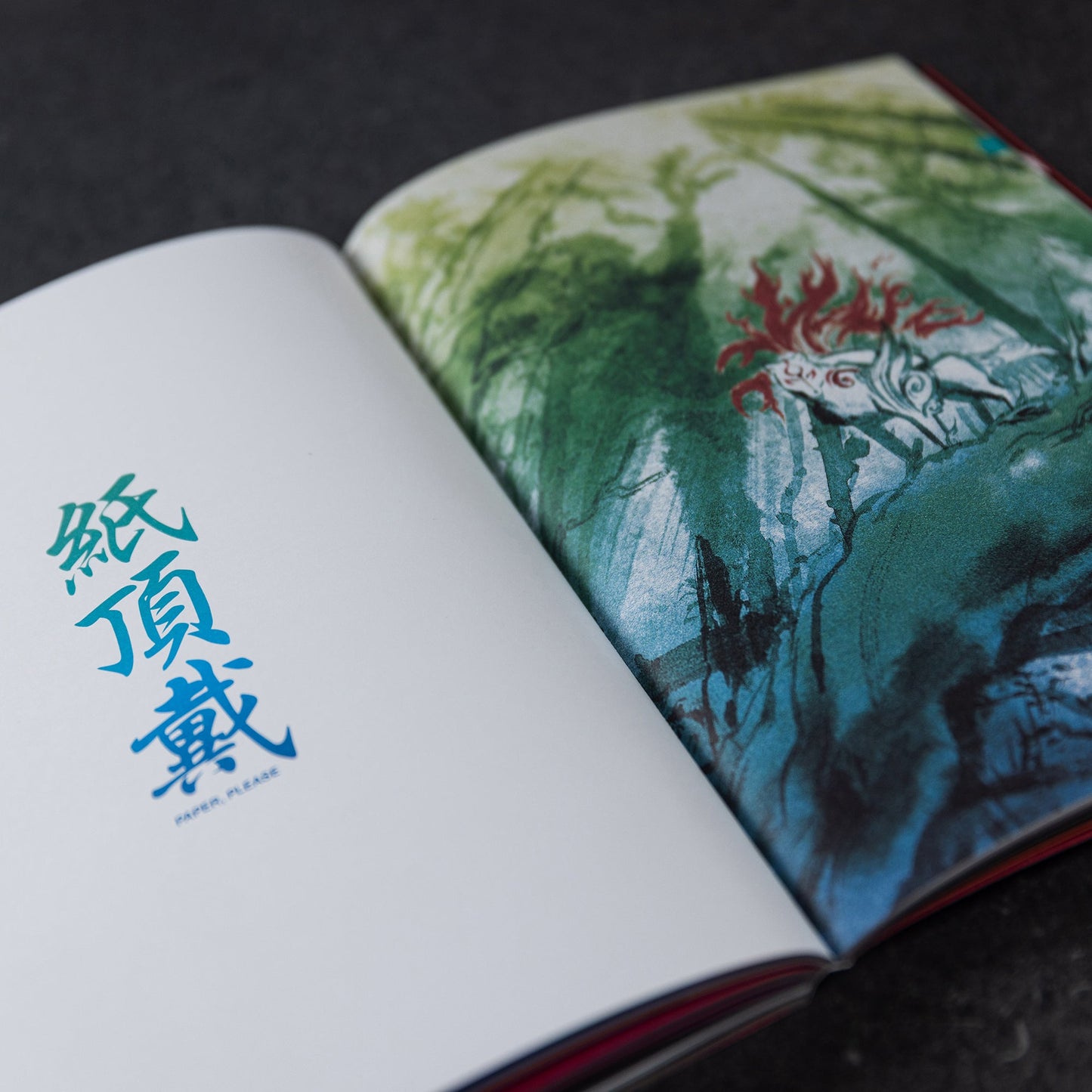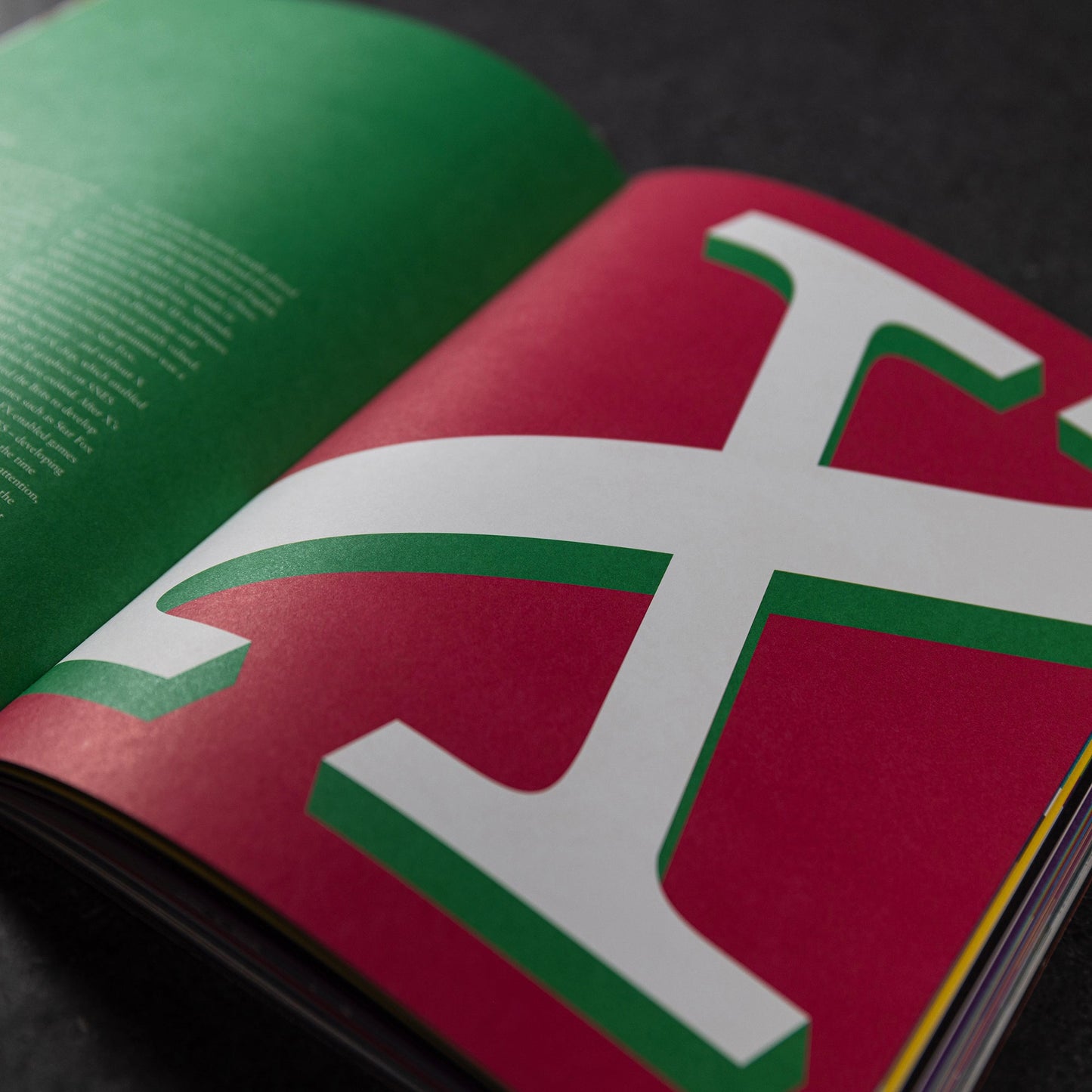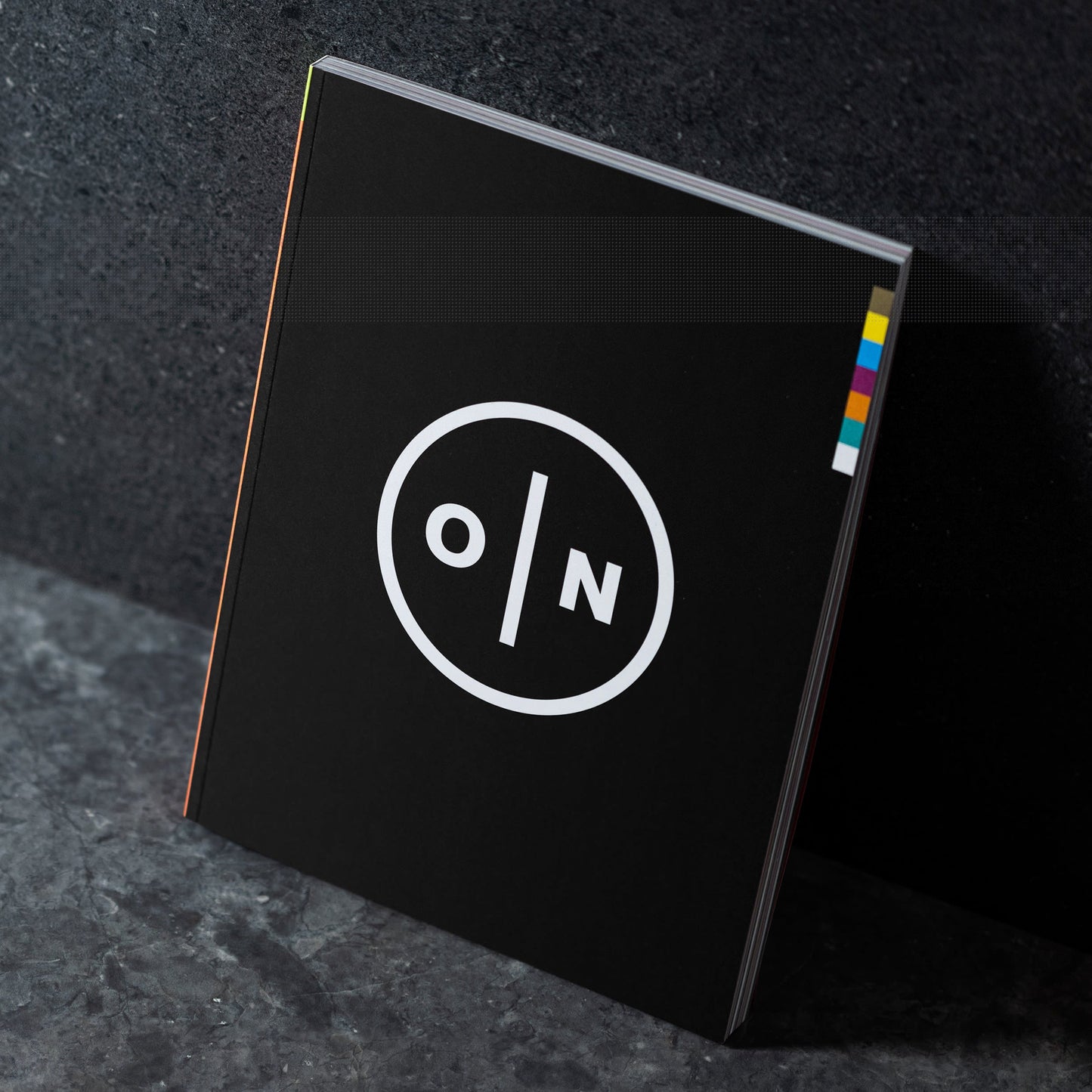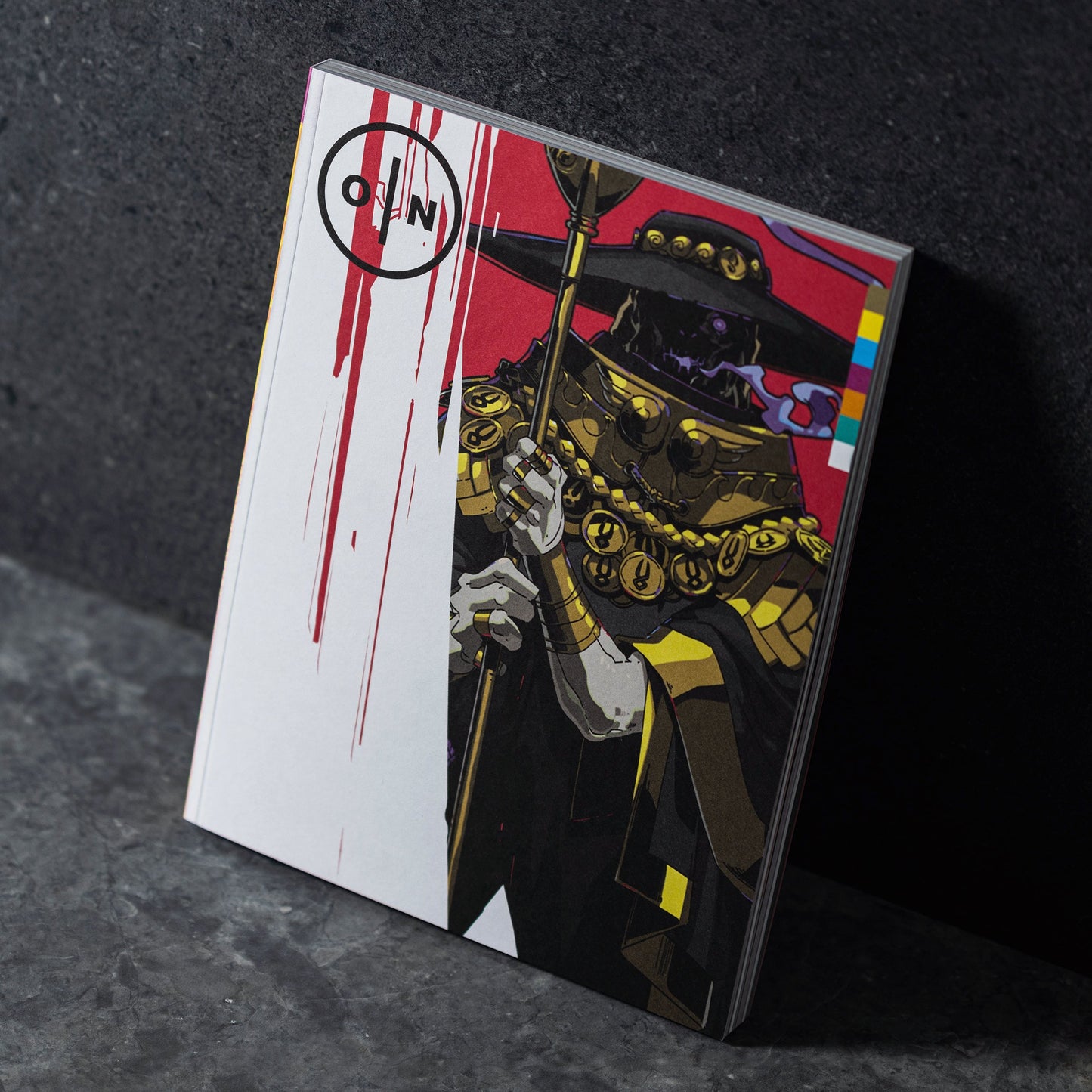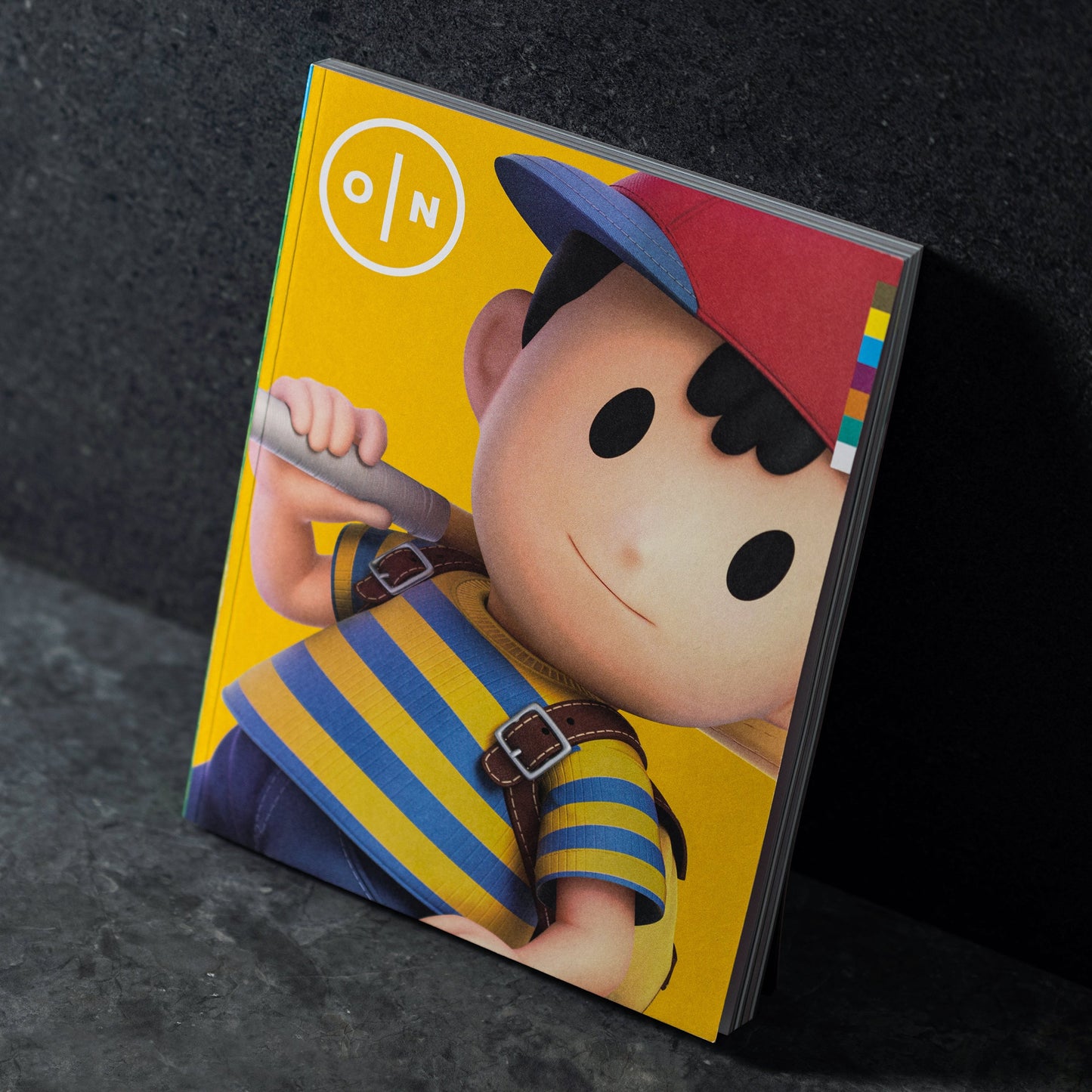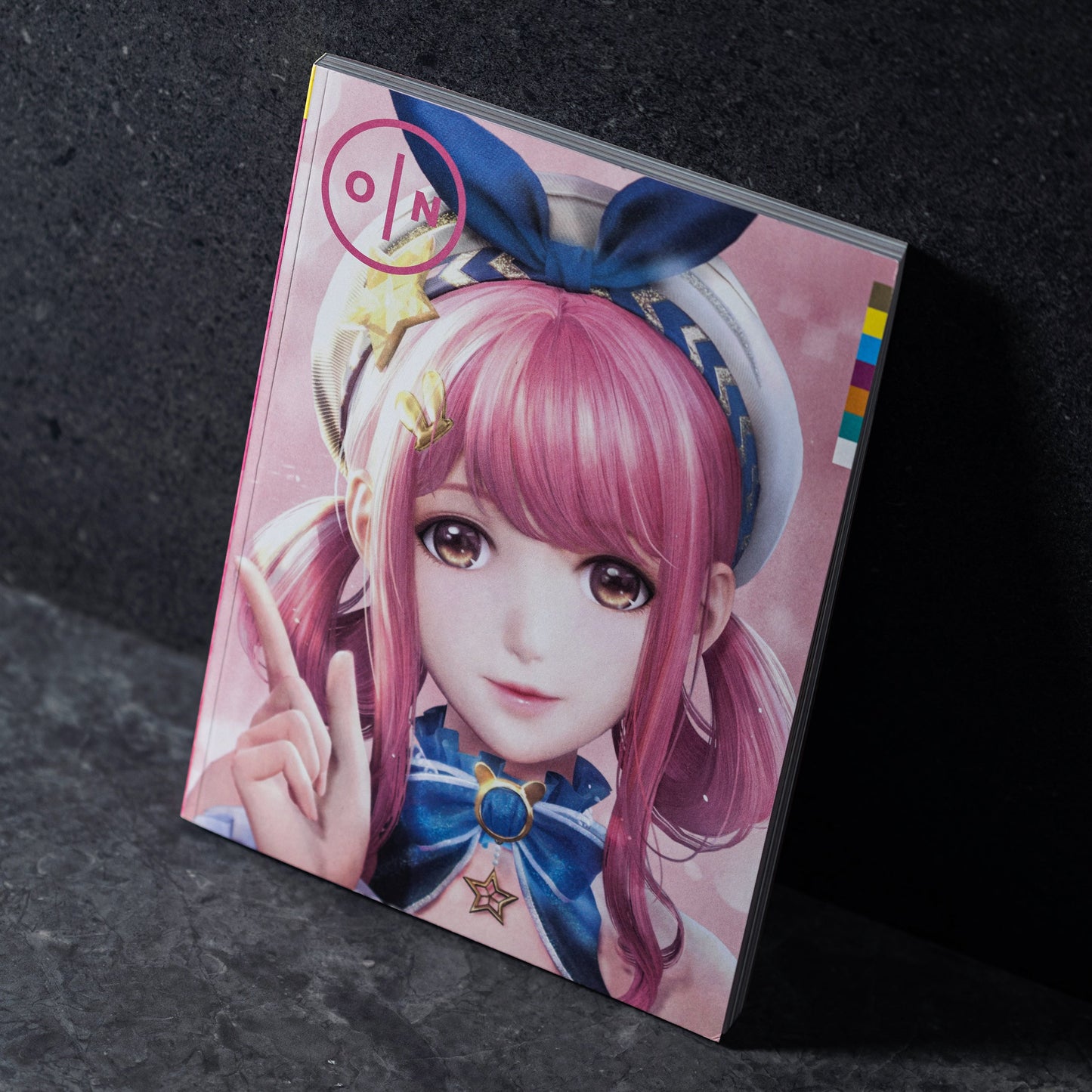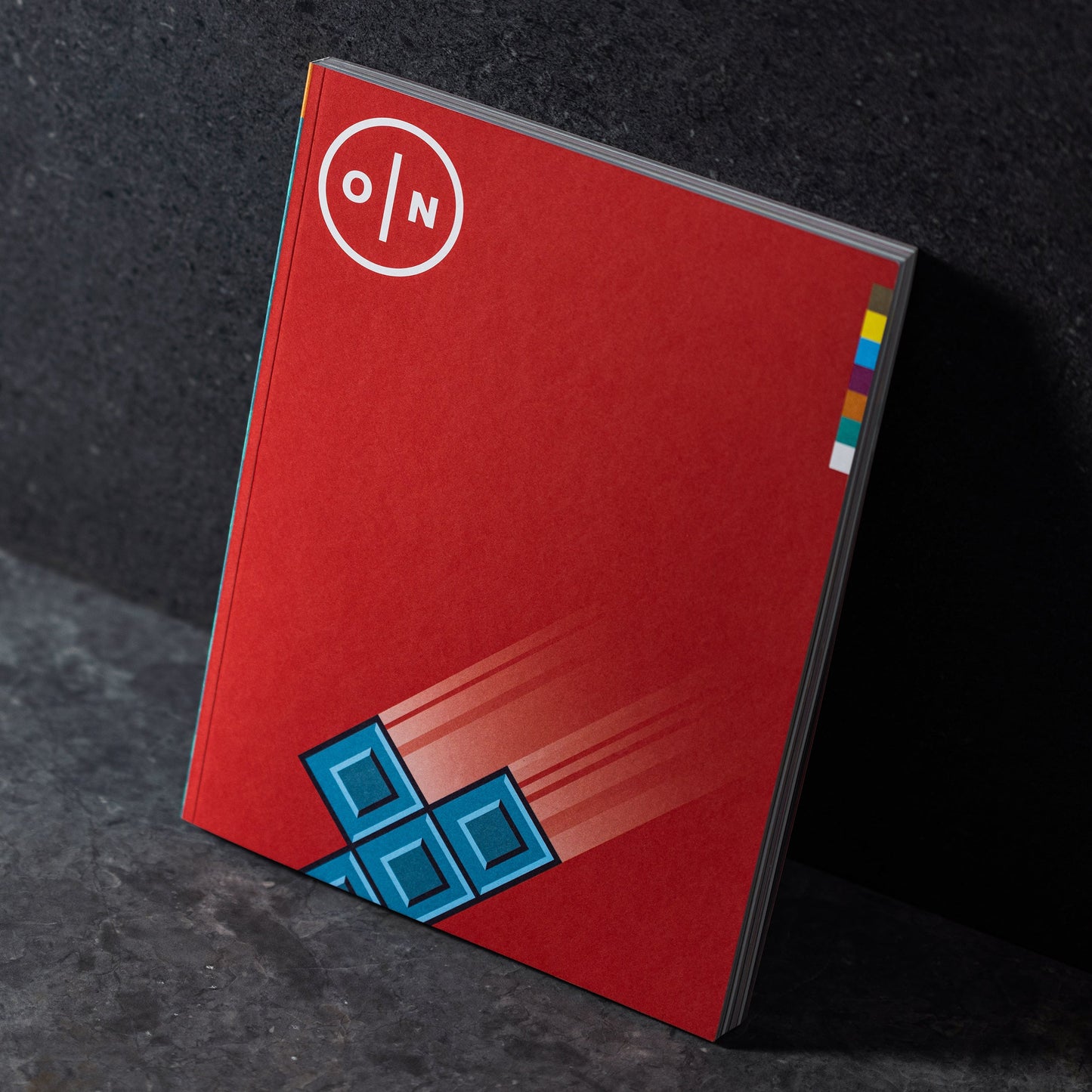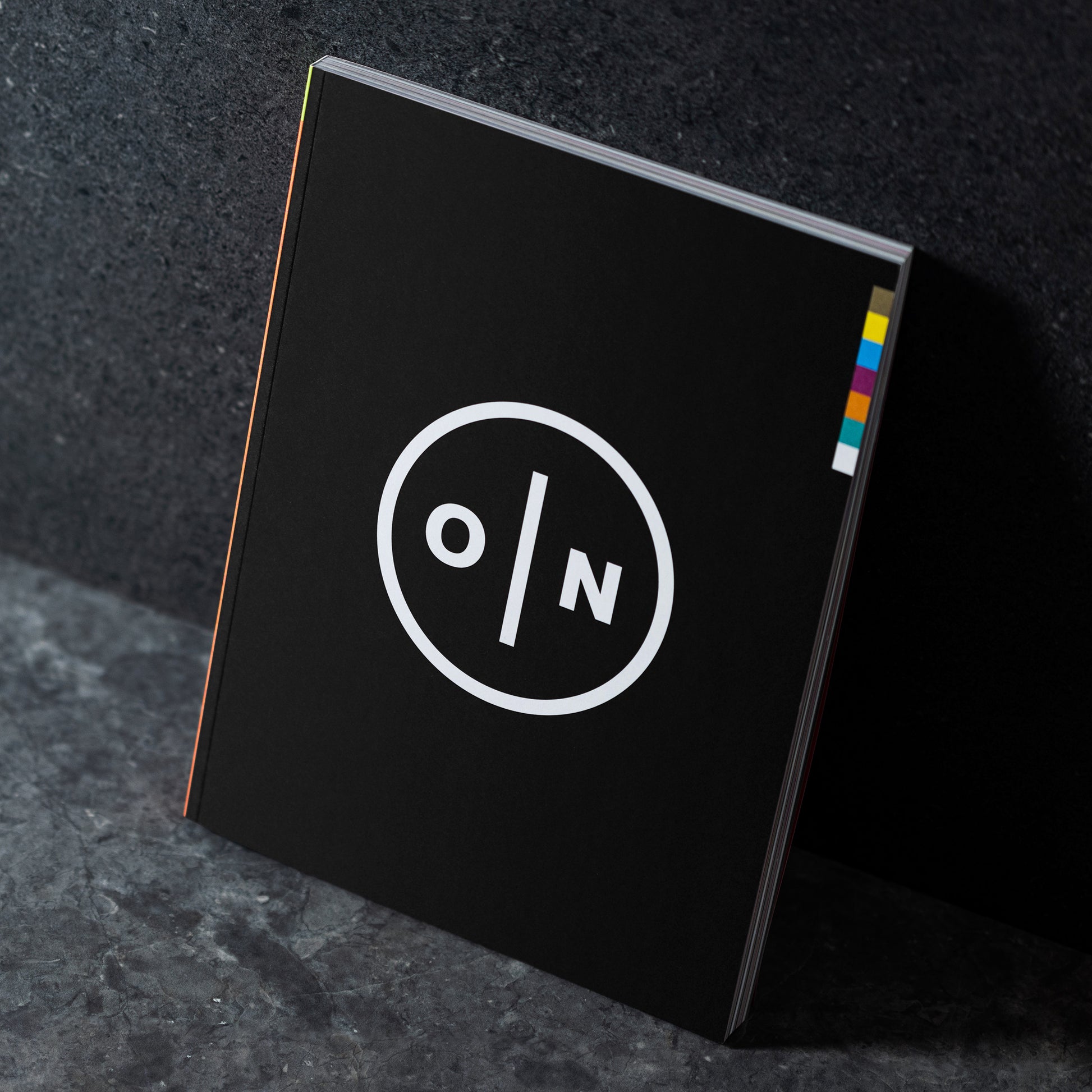Jen Simpkins ON playing dress-up

Interview with Jen Simpkins
Jen has been professionally thinking about, writing about and making games for just shy of a decade. She began her career in print, where she was best known for her work on Edge magazine, and her eye for the next big thing in small games. In 2020, she moved into development at Media Molecule on experimental creation-game Dreams. She has since – inevitably – gone to the indie side herself, and is currently a creative writer at an unannounced studio.
Jen ON playing dress-up in ON: Volume One.
Can you remember your first meaningful encounter with fashion in a game? What was it that stuck with you?
Jen Simpkins: It was the hair salon in Animal Crossing: Wild World. If you got enough haircuts, stylist Harriet would offer you a haircut typically associated with the opposite gender. As a kid who’d always had long hair and had always felt like a girl, it felt new and exciting to unlock a bunch more options. My parents probably weren’t going to let me get away with a lime-green buzzcut, but I could try it out in Animal Crossing. I grew up in a small rural town in the early ‘00s, in an environment where people didn’t experiment much with personal style or question their gender (and anyone who did was heavily judged), so this videogame example of just that really lodged itself in my brain.

You write that you're fascinated by the personal and interpersonal rituals of style. Is it fair to say that games have been slow to explore this kind of territory? If so, why do you think that is?
Jen Simpkins: I think it’s game makers specifically that have been slow to explore it. Game communities have spoken eloquently about what it means to them to be dripped out in Elden Ring or Destiny. It’s part of the reason why I wanted to and try to puzzle it out with devs - like, “why aren’t we making games that talk about this?!”. As we discovered, it’s a bunch of different reasons: among them, the technical challenges that rendering clothes in games presents, and the implication that any game that reveres clothes and styling is superficial and “for girls”. When we all know that’s not true! (Think of all the sneakerheads in your life. Or Manolo Blahnik. Or Wisdom Kaye.) You only have to take a brief look at the runway to realise how far behind videogames are in terms of thinking about and representing style. Start with Viktor & Rolf’s SS23 “Late Stage Capitalism Waltz”, or STAFFONLY’s SS25 “LOST IN ERRORS”.
One of the really striking things you write about is that dressing yourself is both power and play - do you think personal style is already a kind of game we play? And is the game evolving over time?
Jen Simpkins: It’s one of my favourite games to play. I acutely feel the difference between putting together an outfit where I feel like I’ve nailed it, and an outfit that’s just okay. It’s about my goals for that day: do I want confidence? Comfort? Social capital, even? Most of the time the metrics for success are totally internal. What I think is a great outfit according to my taste, others might think is off-putting - and sometimes, I’m going for that. One of my friends has the polar opposite style to me; if I put together an outfit and she hates it, I know I’ve cooked. It’s hilarious. We really enjoy it. A more regular example of playing the style game is trying to win brownie points by wearing something nice to an interview. Maybe we dress down if we’re trying to blend in somewhere. Queer people have historically used sartorial codes; it used to be handkerchiefs, these days it’s carabiners. There are a million examples when you think about it - even people who don’t think they’re playing the game are often playing it. (I did nearly include in the feature a reference to the iconic “cerulean blue” monologue from The Devil Wears Prada.) The personal style game is evolving, if not quickly in videogames, then in real life, thanks to the expanded social circle the internet offers us. In good ways and bad: I think people feel more emboldened to explore their identity through what they wear, and from a younger age. But the instant access we have to clothes and trends and “cores”, and the shorter half-lives of all of those, is also visibly getting in the way of younger people developing truly personal style. It’s complicated!
You write a lot about Nikki games and their unprecedented depth, and their unique play with genre itself at times. What do you think gives dress-up games the kind of freedoms to experiment like this?
Jen Simpkins: My instinctive response here was “I guess because nobody’s really watching”, but that’s not true - these games are so popular in their niche! Perhaps it’s because there’s a different type of audience watching, an audience with a broader palette and tolerance for experimentation and creativity. I think anyone playing a dress-up game is open to trying on a variety of things, keeping what they enjoy, and putting away the rest. I wonder whether that emboldens dress-up game developers to get a little bit weird with it sometimes. Us fashion people are freaks. Obsessives, really. I think that lends itself well to the kind of complexities that the Nikki games explore.

One of your interviewees, the designer Gabby DaRienzo, talks of working with male developers who didn't want to work on dress-up games, and says that young women are less well-served by games than young men as a result of these kind of situations. They also talk about a "dolling" phase of their life. It feels like games have missed out on a rich human shared experience like this through the failures they speak about. Are you seeing signs of that changing? And are games starting to capture more of this vital human stuff?
Jen Simpkins: Some days it feels like it’s not changing. There’s still a chunk of the videogame audience that would dismiss a game about personal style, and exploring identity and gender through that, as “woke”. Which is sad, because that makes the money people scared to invest in games like this, and it means everyone misses out. To self-express is to be vulnerable, to wear your heart on your sleeve - I think that’s difficult for some, especially people who view that as a “feminine” thing, and are afraid to be associated with anything feminine, for whatever personal reason. But I do think something is starting to change in games. The triple-A game space has been improving character customisation options, putting more emphasis on “playing dress-up” in a more mainstream way, even if it’s just to gain +3 Kicking Power or whatever. The indie space has, meanwhile, been innovating in depictions of personal narratives through unusual vectors - I mention Witch Beam’s storytelling-through-stuff game Unpacking in my feature. It feels like all the pieces are there for a really thoughtful dress-up game to be given a chance by a broader audience. Hopefully we get to a place where different kinds of people feel able to play different kinds of games, and games about self-expression, without feeling insecure. (The most popular Roblox Dress To Impress streamer right now is a guy called CaseOh, and he takes it deathly seriously - he doesn’t belittle dress-up at all. It’s great!) I always try to support when people take a risk and try something different to express themselves, because I want to learn about all kinds of people. I think we’re all curious about each other.
Read the full feature in ON: Volume One:
ON: Volume One
